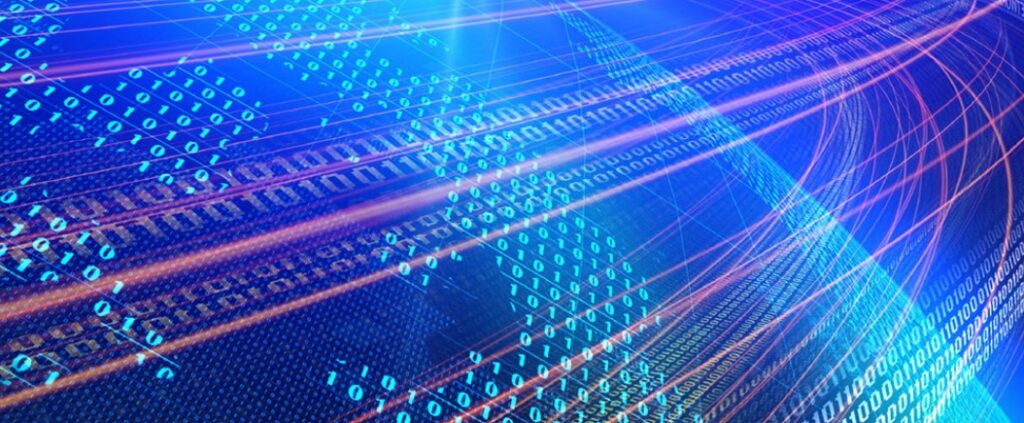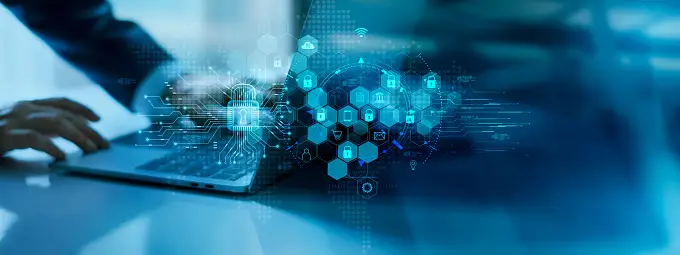The Internet of Skills refers to a vision where the Internet, combined with advanced technologies like 5G, augmented reality (AR), virtual reality (VR), haptic feedback, robotics, and artificial intelligence (AI), enables the remote or distributed control of physical skills or tasks. In other words, it aims to create a networked system where individuals can manipulate and interact with objects or environments in remote locations as if they were physically present.
Key components and features of the Internet of Skills may include:
Ultra-Low Latency

Ultra-low latency refers to the minimal delay or lag in transmitting data between two points in a network or communication system. In the context of technology and telecommunications, latency represents the time it takes for data to travel from a source to a destination. It is often measured in milliseconds (ms) or microseconds (µs).
Achieving ultra-low latency is critical in various applications and technologies, especially those that require real-time or near-real-time interactions.
Here are a few examples of where ultra-low latency is essential:
Online Gaming: In online gaming, low latency is crucial to ensure that actions taken by players are reflected instantly in the game world. High latency can lead to delays in response times and a poor gaming experience.
Video Conferencing: For video conferencing and telecommunication applications, low latency is essential to maintain natural and fluid conversations. High latency can result in awkward pauses and disruptions in communication.
Haptic Feedback

Haptic feedback, often referred to simply as “haptics,” is a technology that provides users with tactile sensations or feedback through touch or force. It allows users to interact with digital devices and virtual environments by receiving physical sensations, such as vibrations, forces, or pressure, in response to their actions or interactions. Haptic feedback enhances the user’s sensory experience and can provide important cues and information in various applications.
Tactile Feedback: Haptic feedback simulates the sense of touch by creating physical sensations on a user’s skin or through handheld devices. It can include sensations like vibrations, textures, pressure, and even the sensation of motion.
Advanced Sensors
Advanced sensors are devices or systems that are capable of detecting and measuring physical properties, environmental conditions, or changes in their surroundings with a high degree of precision and accuracy. These sensors utilize cutting-edge technology and may incorporate various methods and materials to achieve their functionality. Advanced sensors have a wide range of applications across various industries and fields.
Here are some key aspects of advanced sensors:
Types of Advanced Sensors
- Imaging Sensors: These sensors capture images or visual data and are used in applications such as digital cameras, security systems, medical imaging, and autonomous vehicles.
Advanced Technologies
- Microelectromechanical Systems (MEMS): MEMS technology miniaturizes sensors, allowing for smaller and more cost-effective sensor devices.
- Nanotechnology: Nanoscale sensors leverage nanomaterials and structures to provide extremely sensitive and precise measurements.





Leave a Reply